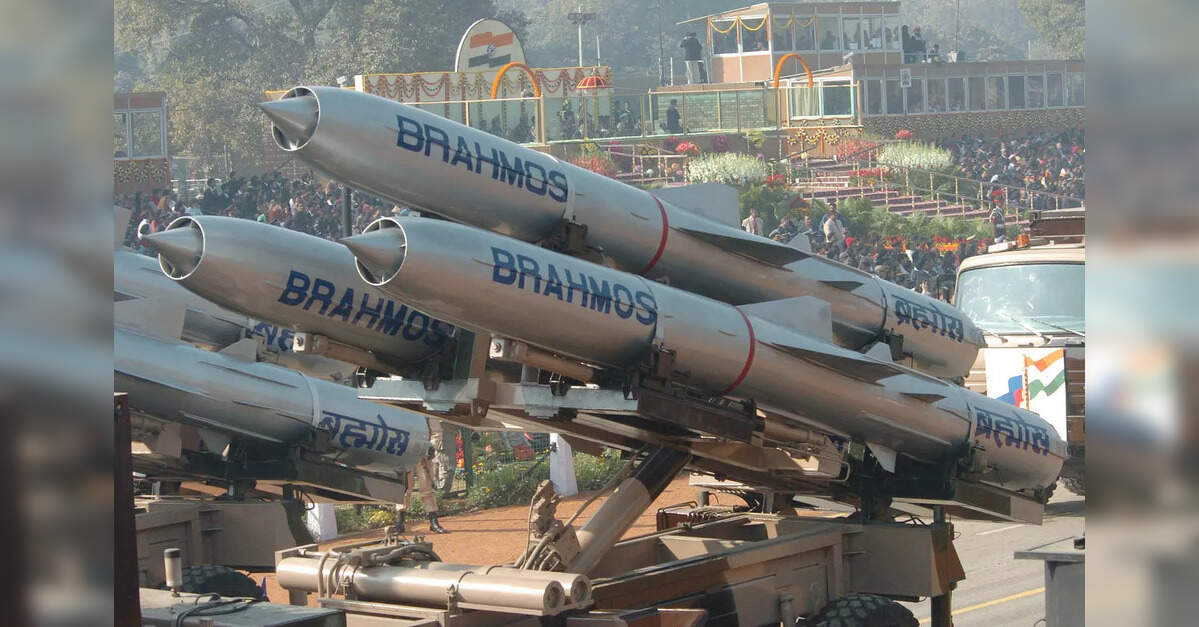India, Australia launch research project to bolster undersea surveillance
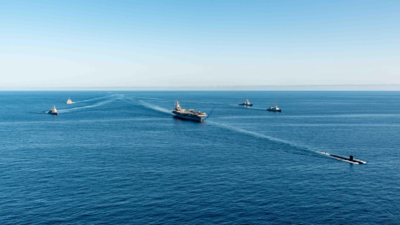
NEW DELHI: In a landmark agreement in defence cooperation, India and Australia have initiated a research project to enhance undersea surveillance capabilities, focusing on early detection and tracking of submarines and autonomous underwater vehicles.As per Australia's Department of Defence, the agreement outlines a three-year joint project between Australia's Defence Science and Technology Group (DSTG’s) Information Sciences Division and India's Defence Research and Development Organisation (DRDO’s) Naval Physical and Oceanographic Laboratory.The DSTG is a leading Australian govt agency, employing one of the largest number of scientists and engineers, who deliver advice and innovative solutions on matters of defence science and technology.
The Department of Defence said the research project would explore the use of towed array target motion analysis technology to improve the reliability, efficiency and interoperability of current surveillance capabilities.DSTG senior researcher Sanjeev Arulampalam explained that a towed array consists of a long linear array of hydrophones, towed behind a submarine or surface ship on a flexible cable. “We need to harness the best minds in innovation, science and technology to build new capabilities, to innovate at greater pace, and to strengthen our strategic partnerships.
The hydrophones work together to listen to the undersea environment from various directions,” the Department of Defence cited Dr Arulampalam as saying.The project is the latest milestone in increasing maritime domain awareness cooperation between Australia and India. It is significant within the Quad framework— consisting of India, Australia, US and Japan — which seeks to counter China's growing maritime belligerence in the Indo-Pacific.The combination of target motion analysis with the towed array system is intended to manage noise corruption and explore performance improvements. The project would see novel algorithms being put to test, using the strengths and shared knowledge of the two countries. “It will involve the sharing of ideas, investigation trials, algorithm demonstrations and performance analysis,” Arulampalam said.The Department of Defence announcement comes after external affairs minister S. Jaishankar met his Australian counterpart, Penny Wong, on the sidelines of the Quad foreign ministers' meeting in the US earlier this week.
You may also like...
Revolution vs Reform: What Africa Really Needs

This powerful piece explores the continent’s youth-led demands for dignity, accountability, and impact. From Burkina Fas...
The Next Silicon Valley? The Rise of Africa's Digital Creator Economy

A new wave of African entrepreneurs is leveraging social media platforms, digital art, and online communities to build b...
Africa’s Unity; A Lie We Like to Tell Ourselves?
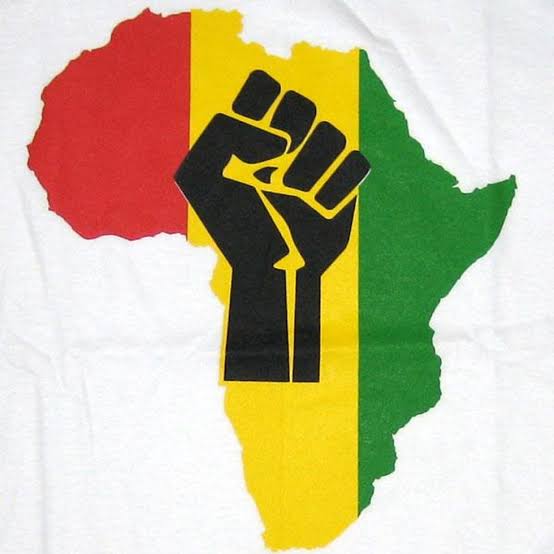
Despite decades of Pan-African rhetoric, visa restrictions, xenophobia, and protectionism continue to divide the contine...
The African Podcast Boom: How Storytelling is Redefining Media Across the Continent
.png)
African podcasts are reshaping storytelling, blending tradition with digital innovation. Explore how creators amplify vo...
Youth Rising in Nairobi: The Protest Over a Life Taken Too Soon
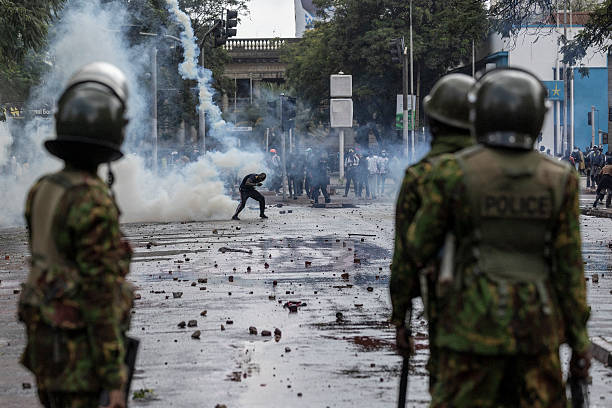
A new sound is rising from the streets of Nairobi—not of political slogans dictated from podiums, but of chants shaped b...
Wildlife, Wilderness, and the African Bond with Nature
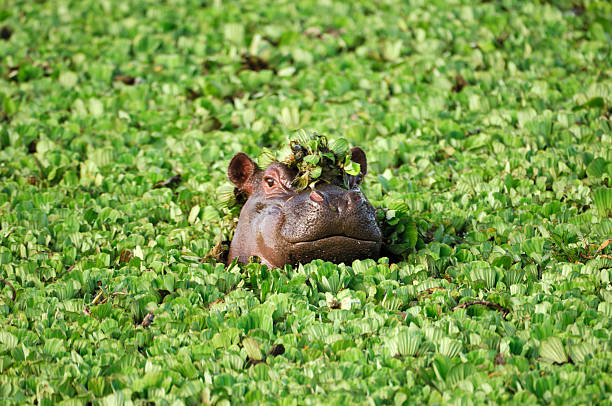
Africa’s connection to wildlife is more than scenic — it is sacred. Long before conservation became a global buzzword, A...
The War on Poverty is on Pause: What Tinubu’s Reforms Really Mean for the Average Nigerian
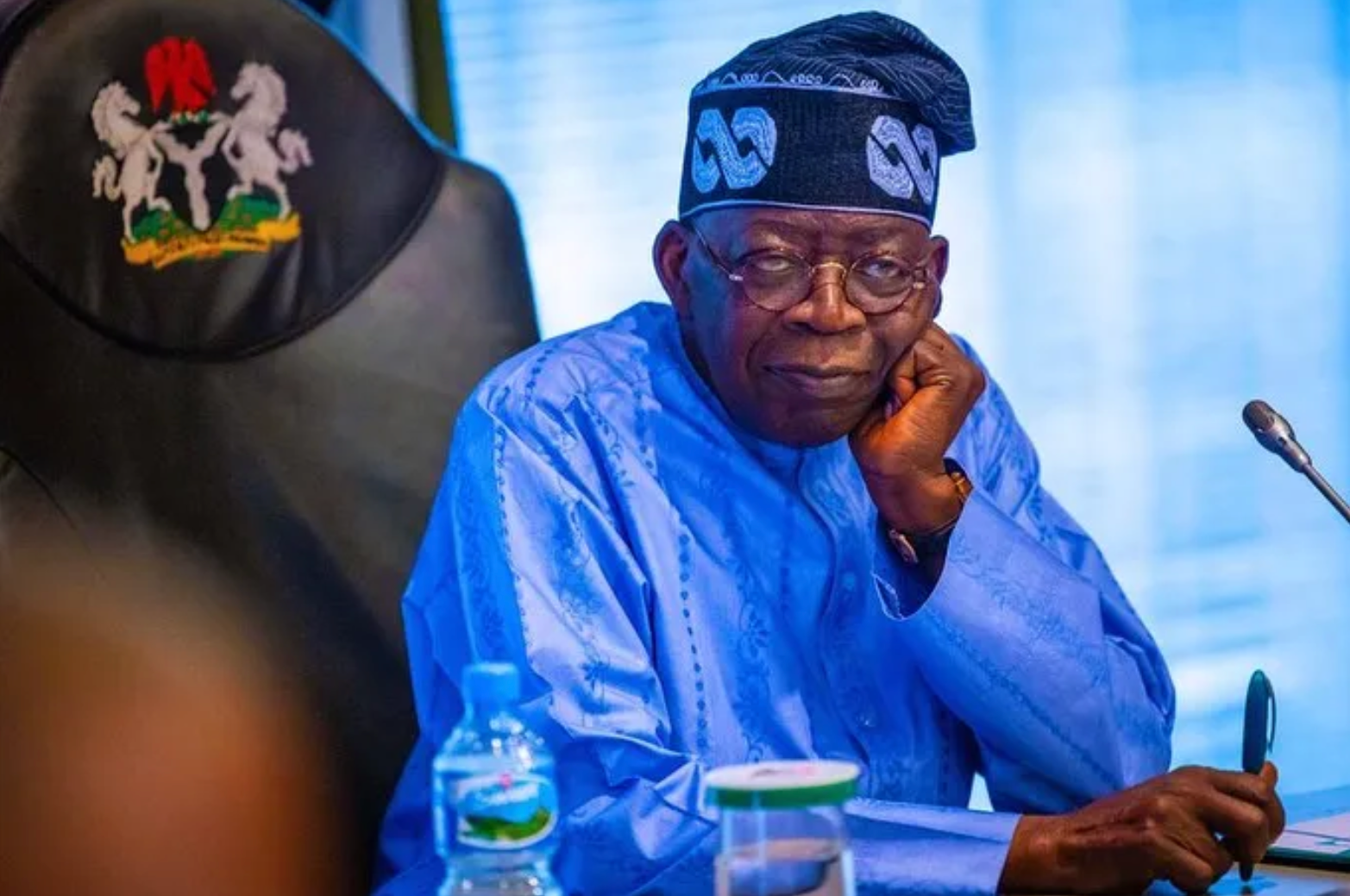
President Tinubu’s bold economic reforms promised long-term growth, but for many Nigerians, they’ve brought deeper pover...
How African Youth and Indigenous Knowledge are Forging Climate Solutions

Beyond the headlines of climate vulnerability, a new generation of African innovators is blending ancient wisdom with mo...




